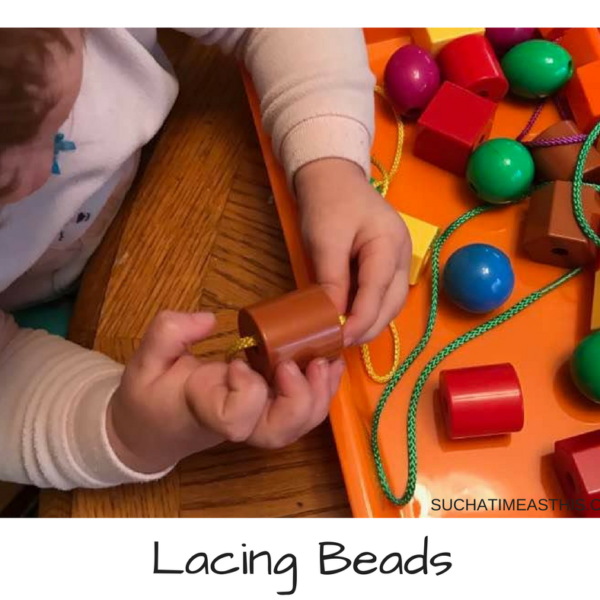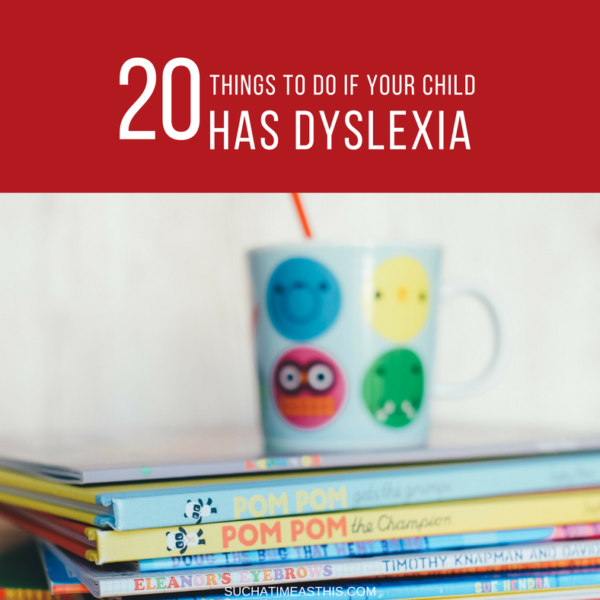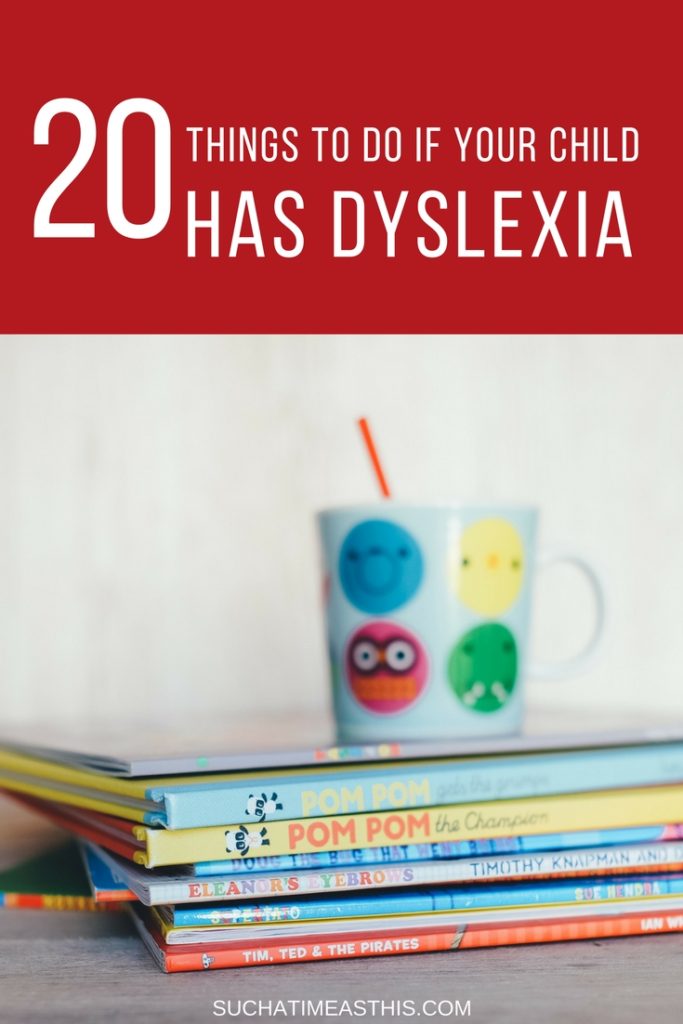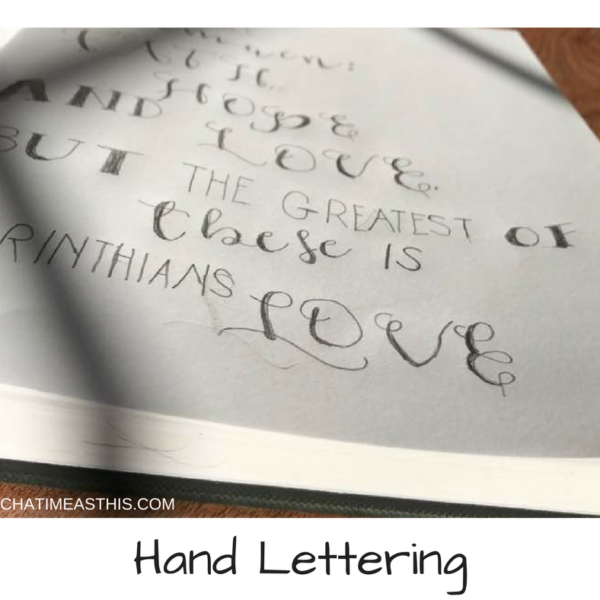We use affiliate links. Please see our disclosure policy.
Not too long ago I was overwhelmed. Think a sink full of dirty dishes overwhelmed. A large jar full of dried out markers overwhelmed. Brand new yet suddenly unusable baby wipes and kids’ books tossed across the floor like a hurricane rolled into my living room kind of overwhelmed.
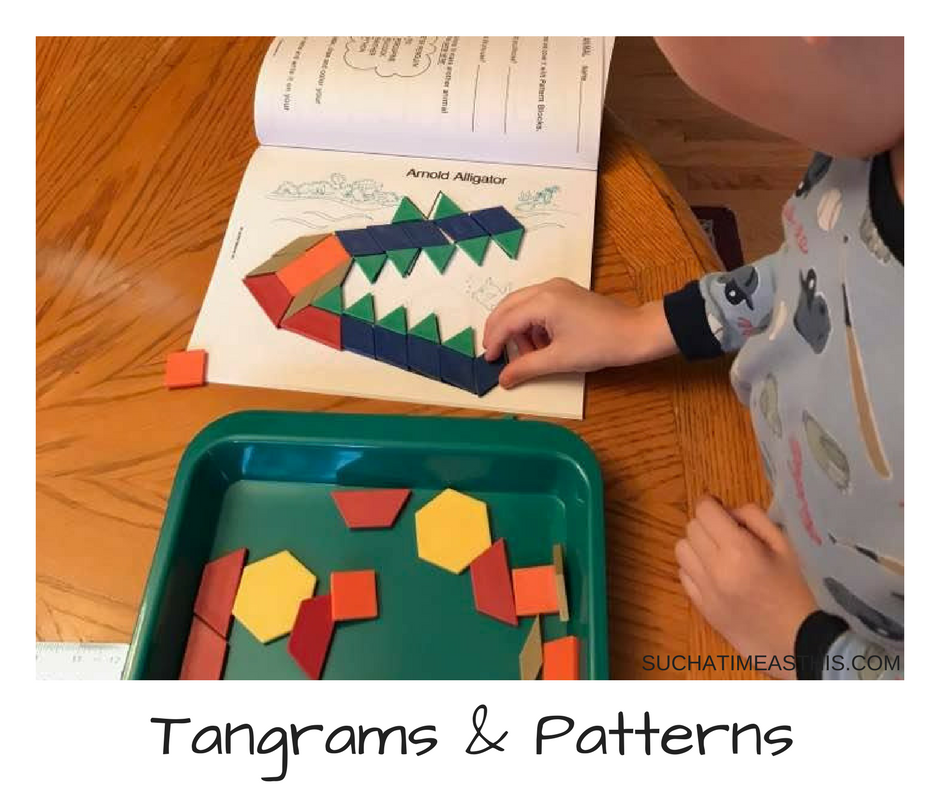
The Unorganized Chaos of Pre-K & Kindergarten
Life happened and here I was trying to juggle having a 5th grader, a 1st grader, one Kindergartener, a tiny pre-schooler, a baby in addition to my middle & high schoolers. Days were busy. The little ones were (for me) the most difficult. Our littles (1st grade and under) seem to have short attention spans, need more one-on-one, and they make lots and lots of messes. (The last part is mostly my pre-schooler, though).
And then this happened.
I came across a nifty solution. Trays.
Trays? You might ask.
Yea – my husband didn’t think this would work, either. However, the level of organization I now live with has proven the trays work for first grade, pre-school and kindergarten math.
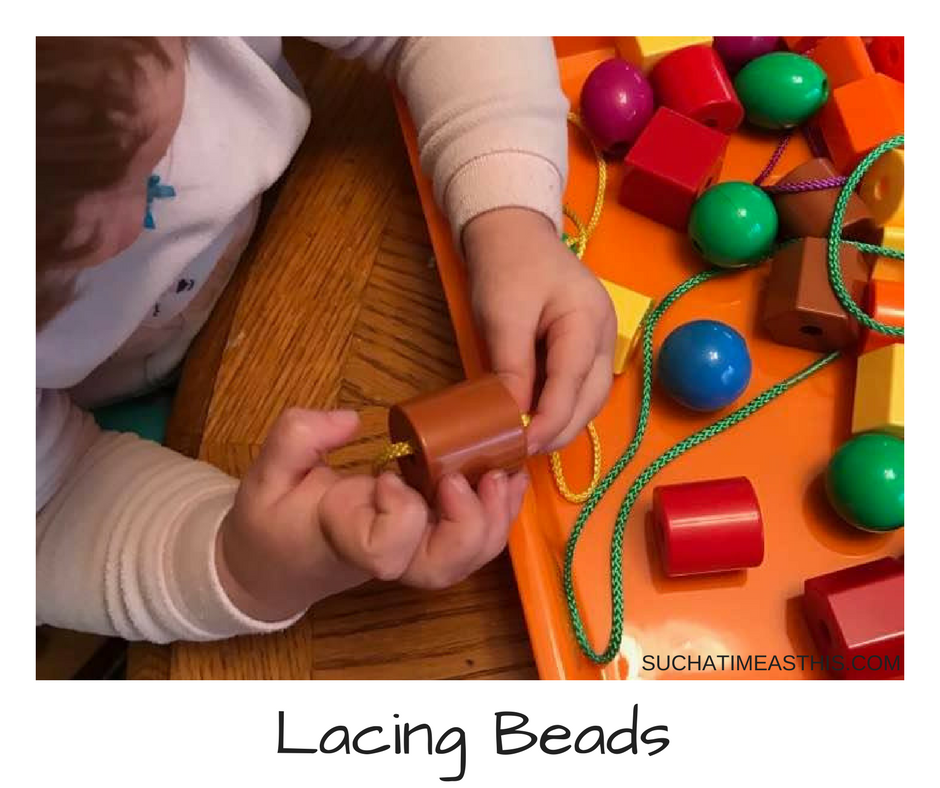
How do the trays work?
- First, you need to invest in a few manipulatives and small packs of toys that could be used for math.
- Use them only during our math time.
- Place said objects on the trays.
- If you have more sets of the object than trays, just store the rest until the next day.
- Set a timer (I use my iPhone timer because it is easily accessible) for 10 minutes to start.
- Have the children clean up their spot, put the toys back on their tray once the timer beeps.
- Rotate the tray to the right.
- Set your timer again for 10 minutes.
- Keep rotating until your children have used all the trays.
- If you have only one child, this would still work, just rotate through 3 -4 trays for that child.
- Once the final timer beeps, have your kids stop and clean up what belongs on their tray.
- Make sure to check under the table & chairs for small parts
- Collect the trays (you can leave the objects on the trays or put them back into individual containers).
- Put stacked trays back into the cabinet (I use a high surface in my china cabinet).
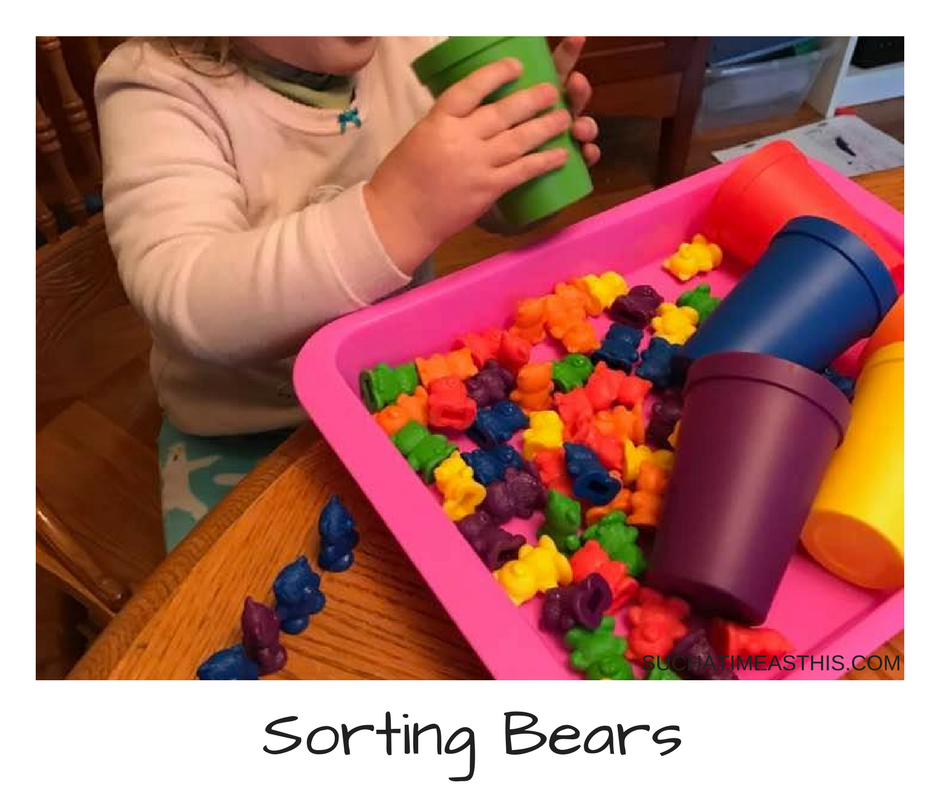
What types of toys do we put on the trays?
Here is what I bought and so far they’ve been working beautifully for our ages. We use some of these more for kindergarten math then we do for pre-k.
Pattern Blocks or Tangrams (We like these because they are plastic)
Workbook for Tangrams
Sorting Bears with Cups – We have two sets of these.
Lacing Beads (These are the ones we bought)
Unifix Cubes
Lacing Cards
You might also be interested in downloading our free Kindergarten Math worksheets. They include skip counting and pages to use with your counting bears. Download them here:
Click Here to Download Math Printables
Now you know my secret to making pre-school and kindergarten math so much fun. It has simplified my homeschooling day. And thankfully, I’m saving money on baby wipes, too.
Please Pin this to Pinterest:
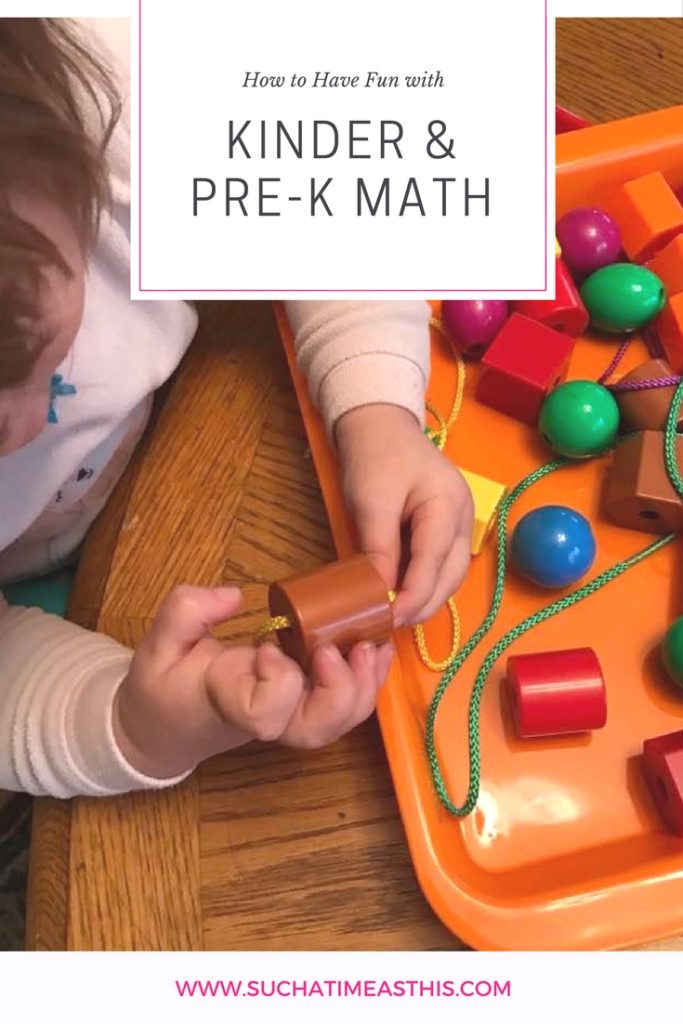
What do you use for Pre-K and Kindergarten math?
